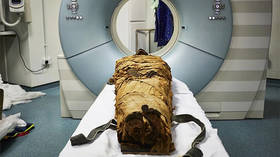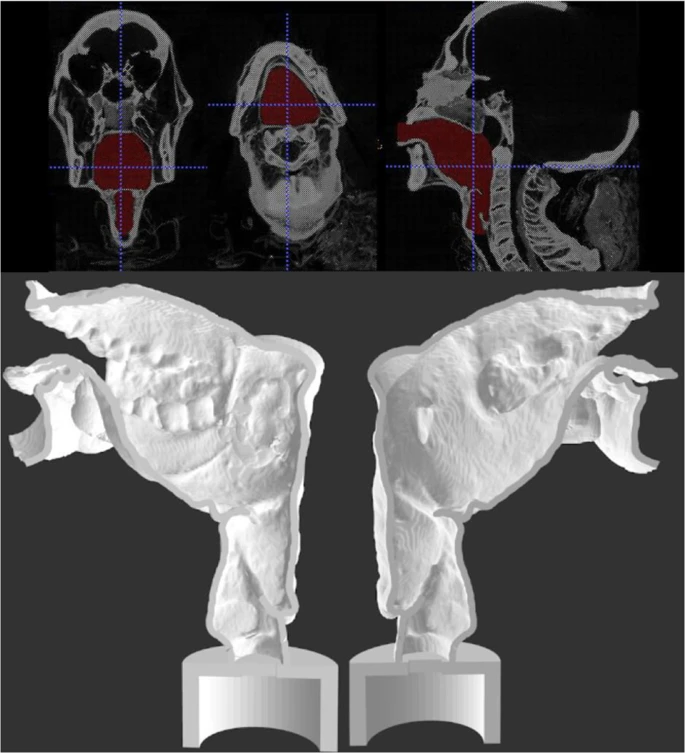Listen to your mummy! Egyptian priest’s ‘voice’ heard 3,000 years after his death through 3D-printed vocal tract

A mummified Egyptian priest dead for millennia was granted the gift of the gab after scientists used 3D-printed vocal cords to recreate his voice, fulfilling the priest’s dying wish to be heard from the afterlife.
After some 3,000 years of silence, the mummy – named Nesyamun – is no longer tongue-tied thanks to a British research team, which painstakingly mapped out the priest’s well-preserved vocal tract for replication in a 3D printer. The team published its findings in Scientific Reports on Thursday, along with a clip showcasing Nesyamun’s new voice – here’s what he had to say:
Mummy, can you hear me? Researchers say they've mimicked the voice of a 3,000-year-old Egyptian mummy by recreating much of its vocal tract using medical scanners, 3D printing and an electronic larynx. https://t.co/R1ASlreYxN#oddpic.twitter.com/RVM41yw6Ui
— AP Oddities (@AP_Oddities) January 23, 2020
The first successful attempt to artificially reproduce the voice of a deceased person, the project has provided a “unique opportunity to hear the sound of someone long dead,” said Joann Fletcher, a professor of archaeology at the University of York and co-author of the study.

Hailing from the city of Thebes, Nesyamun last roamed Earth around 1100 BC, living under the reign of Pharaoh Ramses XI and fulfilling his priestly duties at the Karnak temple complex. It was his “express wish” to be heard from beyond the grave, Fletcher told the BBC.
It's actually written on his coffin – it was what he wanted... In a way, we've managed to make that wish come true.
While the team has only been able to reproduce one vowel-like sound so far, in the future, the researchers will attempt to “generate words and string those words together to make sentences,” Fletcher said, adding “we're hoping we can create a version of what he would have said at the temple at Karnak.”
Also on rt.com Hidden secrets of 3,000yo Egyptian tomb unlocked by archaeologists (VIDEO)Think your friends would be interested? Share this story!














